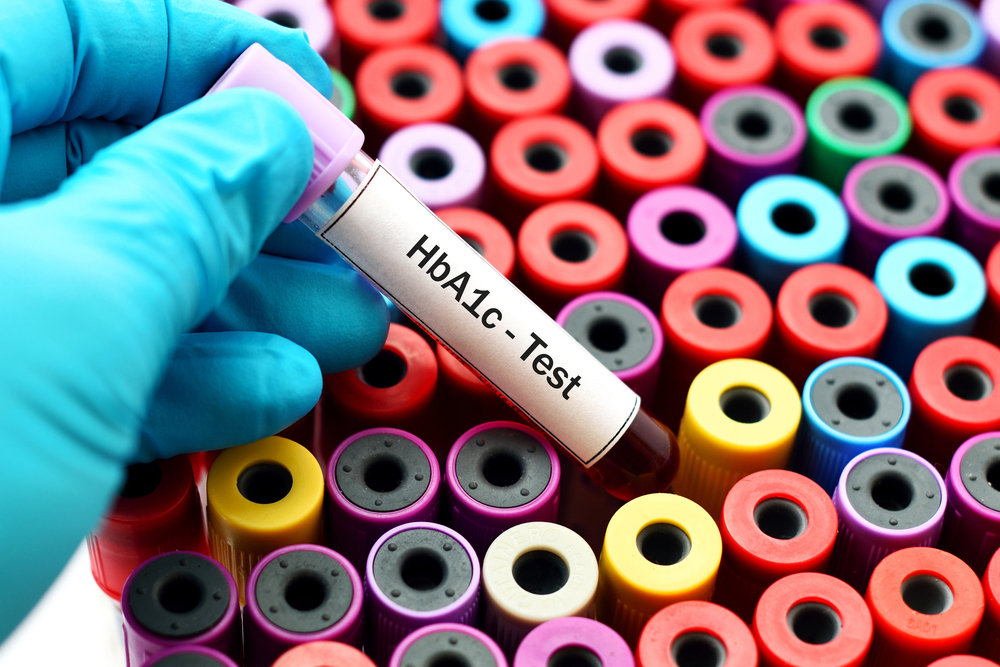Difference Between Type 1 and Type 2 Diabetes

Type 1 and type 2 diabetes are two different types of diabetes that cause high blood sugar. However, their underlying causes and management differ significantly. Understanding these differences can help manage these conditions effectively.
What are Type 1 and Type 2 Diabetes?
Type 1 and type 2 diabetes are different forms of diabetes mellitus, which is a chronic condition that leads to elevated blood sugar levels. Type 1 diabetes is an autoimmune disease. In this condition, the body’s immune system targets the insulin-producing cells, causing a deficiency in insulin production.
In type 2 diabetes, the body either doesn’t make enough insulin or cannot effectively utilize it. This state is called insulin resistance and can cause elevated blood sugar levels.
What are the Causes of Type 1 Diabetes and Type 2 Diabetes?
Both type 1 and type 2 diabetes are caused by different factors.
- Causes of Type 1 Diabetes
There’s no definitive known cause of type 1 diabetes. However, it can be caused by an autoimmune reaction that usually occurs in childhood.
In a person suffering from type 1 diabetes, the body’s immune system targets the beta cells responsible for making insulin. This results in the beta cells being destroyed and the body being unable to produce insulin.
- Causes of Type 2 Diabetes
The actual cause of insulin resistance in some people is unknown. However, lifestyle factors like being overweight and low physical activity can contribute to insulin resistance.
Type 2 diabetes is usually identified in adults, contrary to type 1 diabetes.
What are the Symptoms of Diabetes Type 1 and Type 2?
The same symptoms accompany type 1 and type 2 diabetes. However, while type 1 diabetes is characterized by a quick appearance of symptoms, the symptoms of type 2 diabetes appear gradually over time.
The following symptoms are associated with type 1 and type 2 diabetes:
- Frequent urination, especially at night
- Increased thirst and hunger
- Extreme fatigue
- Blurred vision
- Wounds and sores that heal very slowly
Who is at Risk of Type 1 and Type 2 Diabetes?
Although the risk factors of type 2 diabetes are well established, those of type 1 diabetes are less clear.
Risk Factors of Type 1 Diabetes
- Family History: A person with one or more immediate family members with type 1 diabetes is at a higher risk.
- Age: While type 1 diabetes can manifest at any age, it is more common in children than in adults.
Risk Factors of Type 2 Diabetes
- Prediabetes: In prediabetes, a person’s blood sugar levels are elevated but not high enough for diabetes. Prediabetes, if left unchecked, can develop into type 2 diabetes.
- Obesity: Being obese or overweight with excess belly fat can make the body resistant to insulin and increase the risk of type 2 diabetes.
- Age: Adults over the age of 45 have a higher risk of type 2 diabetes.
- Family History: A person with a family history of type 2 diabetes is at a higher risk of developing it.
- Low Physical Activity: Low physical activity (typically less than three days a week) puts one at a greater risk of developing type 2 diabetes.
How to Diagnose Type 1 Diabetes vs Type 2 Diabetes?
Doctors usually test for high blood sugar using the following blood tests:
- Glycated Hemoglobin Test (A1C Test)
This test checks the average blood sugar level over the last three months from the day of the test. A test value of 6.5 or above can suggest diabetes.
- Fasting Blood Sugar Test
A fasting blood sugar test checks the blood sugar level at a single point in time after at least 8 hours of fasting. A fasting sugar level of over 126 mg/dL can be diagnosed as diabetes.
- Random Blood Sugar Test
A random blood sugar test checks the blood sugar level at a single point in time without any fasting requirement. A reading over 200 mg/dL can denote diabetes.
If a person is diagnosed with diabetes based on these diabetes tests, the doctor can conduct another blood test to check for autoantibodies in the blood, which are present in the case of type 1 diabetes.
How to Manage Type 1 vs Type 2 Diabetes?
In type 1 diabetes, the patient mandatorily requires insulin, which is not always the case with type 2 diabetes. Apart from this, the management of both conditions is the same and includes being physically active, following a recommended diet, and going for regular checkups.
Both type 1 and type 2 diabetes are chronic conditions and can cause serious complications in the body if not treated or managed properly. If an individual presents with any of the symptoms of diabetes mentioned here, they should consult a doctor and book a diabetes test at Dr Lal PathLabs.














